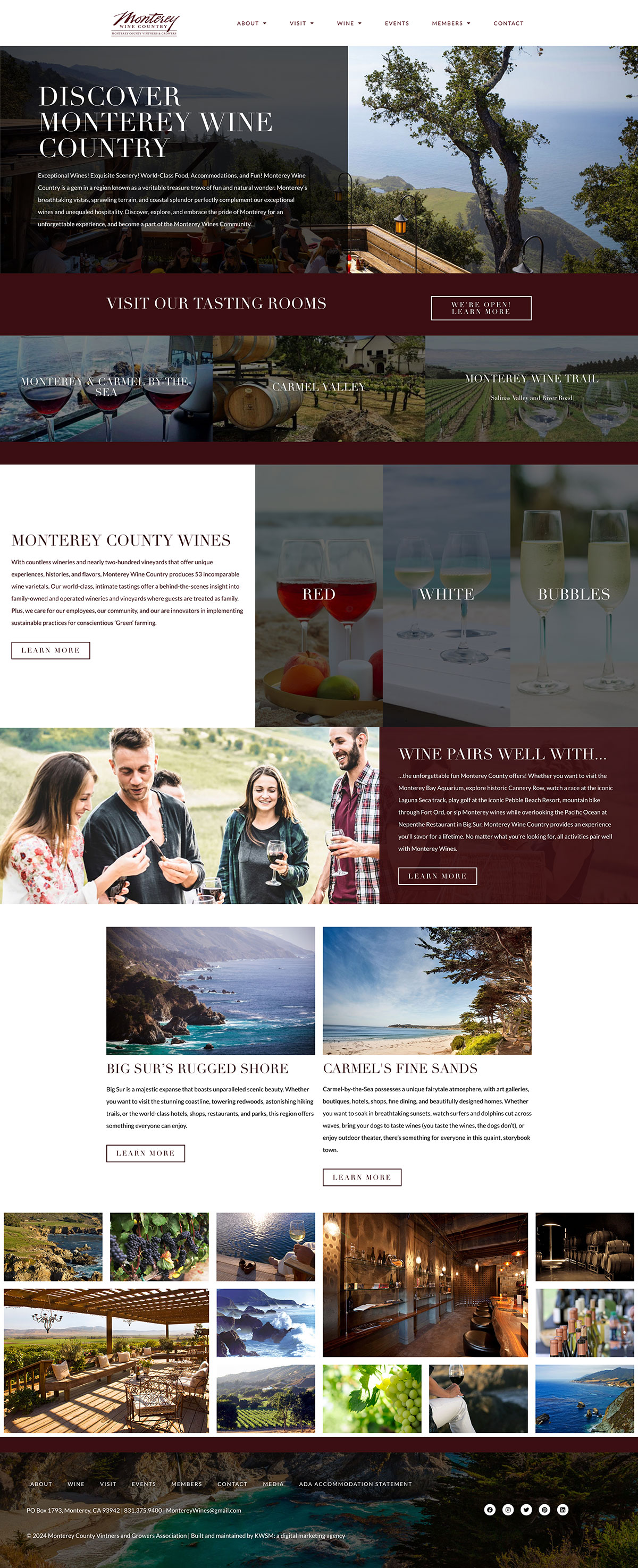Before you start marketing your business, you need to know who you’re talking to. Understanding your target audience is one of the most important parts of any campaign. Like most businesses, you have a variety of people that you’ll be marketing to online and each of these groups will respond differently to your messaging. You will need to come up with a custom and personalized approach for each group. The first question to ask when creating your content marketing plan is, who is your audience? Here’s how you can define and locate your target audience.
Current Customers
The easiest audience members to identify are your current customers or clients. These are the people who currently work with your business or have made a purchase recently. They already know your brand and like what you have to offer. Not only can they provide insight on what they love about your products or services, but they can also help you pinpoint your future target audience. Look at the solutions that your business has provided for these customers’ pain points. Then, use that information to craft messaging for your other audiences.
Past Client
Although these are not the most loyal members of your audience, past clients are still a group you should be marketing to. Your business already has an advantage with them because they have made a purchase previously and you can use that information to reignite your relationship. Members of this group can help you understand what areas of your business need improvement. Is your response rate slow? Do you have a large enough variety of products or services to offer? This feedback will help you create a captivating message for this group as well as for people that are unfamiliar with your company.
Demographics and Interests
Age, location and interests all factor into choosing your target audience. Using data from your current and past clients and your fan base on social media, create a list of where they are located, what age groups they belong to, and the main reasons they chose your business. Then apply this list to new potential customers. This audience will need the most information because they are not yet familiar with you. Address common pain points, share testimonials, and create a specific message for each age or location group.
For example: if you sell adult surfboards, your target audience will likely be located near an ocean, can afford to buy your product, and are over 18. Some of their pain points could include the fact that flimsy boards break easily, the tendency to overspend on unreliable products, or the difficulty of finding a board that fits their size. All of these details can be gathered from your current customer base and applied to the content you send to your new audience.
Understanding all of the segments of your audience and what they are looking for from your business will help you build a strong marketing foundation.
Only 33% of businesses include identifying target audiences as one of their top content marketing priorities.
Have you been posting content, but can’t seem to get the results you want? Our team works as an extension of your team to carefully craft fully developed and expertly researched blog posts, landing pages, white papers, e-newsletters, and email drip campaigns that will keep your fans engaged.
CONTACT US to learn more about creating results with an effective content marketing strategy.











